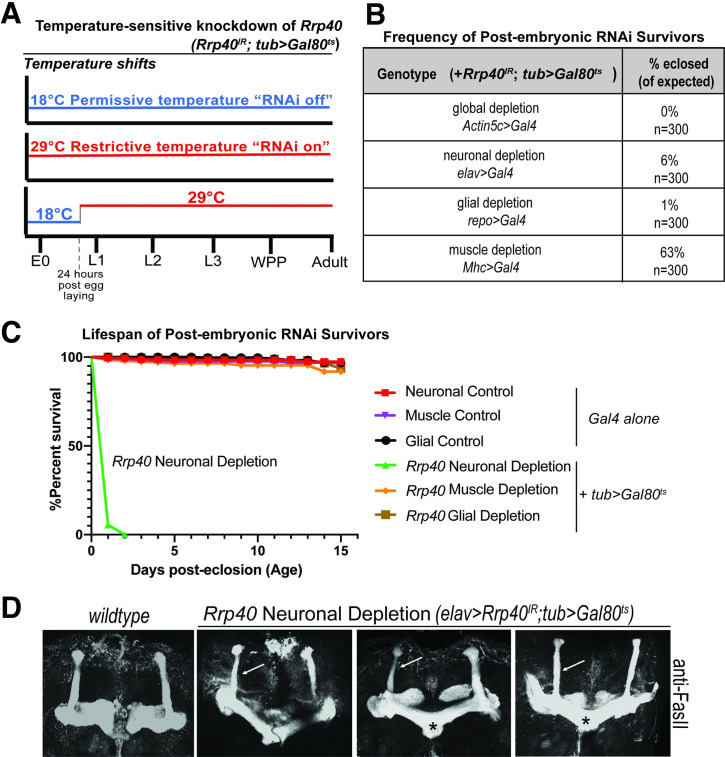Fig 2. Rrp40 is required for age-dependent function in neurons.
(A) A scheme to illustrate the approach to achieve temperature-sensitive knockdown of Rrp40 is shown: The Gal80ts allele shifts between 18°C (blue, RNAi off) and 29°C (red, RNAi on). E0 = 0hr embryo, L1/2/3 = 1st, 2nd or 3rd instar larvae; WPP = white prepupa. (B) The viability of flies in which temperature sensitive RNAi was employed to deplete Rrp40 24 hours post egg laying is shown. The viability of these post-embryonic RNAi survivors as percentage of flies eclosed (of expected) is shown for the indicated tissue-specific drivers. (C) Kaplan-Meier analysis of post-embryonic RNAi survivors for either control (Gal4 alone) or temperature sensitive knockdown (tub> Gal80ts) for the following tissue-specific drivers: Neuronal (elav>Gal4, n = 50); Muscle (Mhc>Gal4, n = 50); or Glial (repo>Gal4, n = 50). (D) Fasciclin II antibody (anti-FasII) staining of both wildtype control brain and three representative brains with temperature-sensitive neuronal depletion of Rrp40 (elav>Rrp40IR;tub>Gal80ts) are shown. Maximum intensity Z-stack projections of mushroom bodies are shown. β-lobes in control wildtype brains do not cross the mid-line and these brains have well-formed α and β-lobes (n = 30). Mushroom bodies from flies with Rrp40 depleted from neurons (elav>Rrp40IR;tub>Gal80ts) (n = 5) have thinned α-lobes (white arrows) and β-lobes that often project to the contralateral hemisphere and appear to fuse (black asterisks).

